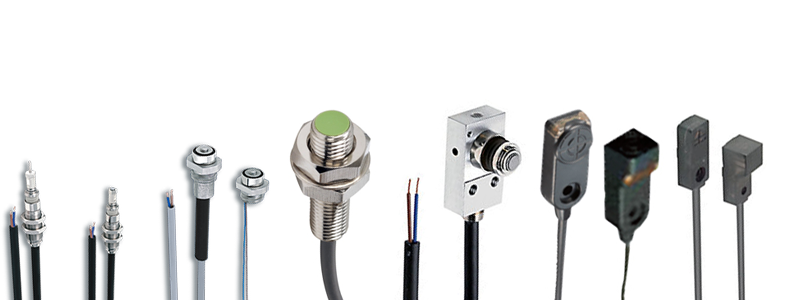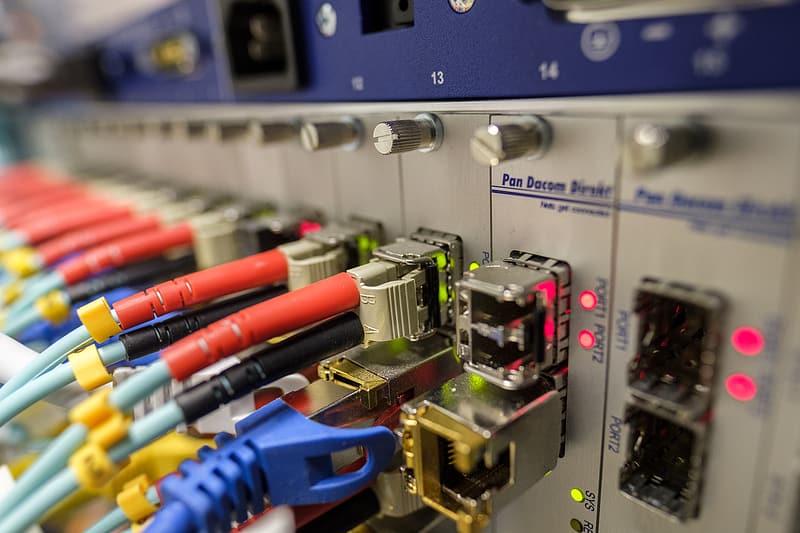
Manufacturer Nylon Cable Ties, Cable Nail Clips, Float Switches & other Cable & Panel Accessories

Manufacturer Nylon Cable Ties, Cable Nail Clips, Float Switches & other Cable & Panel Accessories

Cable glands are an important part of your electrical installation. They are connectors used to seal the ends of cables and secure them to plugs, terminals, enclosures, or electrical equipment of various kinds. They are also commonly known as cable fittings, cord grips, etc. They can protect sensitive electrical wiring from external influences such as moisture, contamination, corrosion, and even flammable gas.
Cable glands are a must-have in harsh or hazardous environments where sealing and ingress protection must prevent electrical sparks of flames. They can also be used to seal cables that pass through bulkheads or gland plates.
As mechanical cable entry devices, cable glands can be constructed from metallic or non-metallic materials. Some of the materials include Plastic, Nylon, Stainless Steel, Aluminium, Nickel, Brass, Synthetic rubbers, etc.
Metal cable glands are highly favored in chemical, technology, and other industries that demand high chemical and mechanical stability.
Nonetheless, the objective of this blog is to educate you on plastic cable glands and why you should use them.
The body of the Plastic Cable gland is manufactured from polyamide, and the sealing is made of Neoprene.
A plastic cable gland is used as a sealing and termination device to ensure that the characteristics of the enclosure through which the cable enters are maintained. They effectively fix cables in place and prevent them from being twisted or accidentally pulled out to ensure a secure connection and continuous performance.
Plastic Cable Glands have universal purposes and can be used in all kinds of electrical power, control, data, instrumentation, and telecommunications cables. They are ideal in situations where no extreme conditions affect the cable gland and where no exceptional properties are required.
Related: All About Plastic Cable Glands
High Impact Resistance: Plastic Cable glands offer corrosion-resistant cable entry into electrical equipment since they are immune to salt water, grease, and other weak acids. Additionally, they can withstand distortion and vibration, making them ideal for use in petrochemical industries.
Cost-effective: Plastic is reasonably cheaper than Steel, Aluminum, and other metals used to make cable glands. Hence, plastic cable glands are an economical choice.
Offers flexibility of choice: Plastic cable glands come in a wide range of claw and seal designs, making them extremely adaptable to a wide range of applications.
Intrinsic Insulator: Plastic is a poor conductor of heat and electricity. A feature like this is especially important in marine environments and high-temperature settings, posing a risk of damage due to electrical shortages or explosions.
Bending Protection: Plastic cable glands are lightweight and eliminate cable bending, restricting movements around the device. The spiral shape helps prevent conductor breakage and reduces the likelihood of failure.
Jigo’s plastic cable glands offer a range of functionality, including earthing, grounding, bonding, insulation, sealing, retention, and strain relief. They are very easy to assemble and are available in RAL 7001 silver grey and RAL 9005 black. Please contact us via email at hirawat@jigoindia.com or via phone at 1800-120-3456 to learn more about our Plastic cable glands.


















































